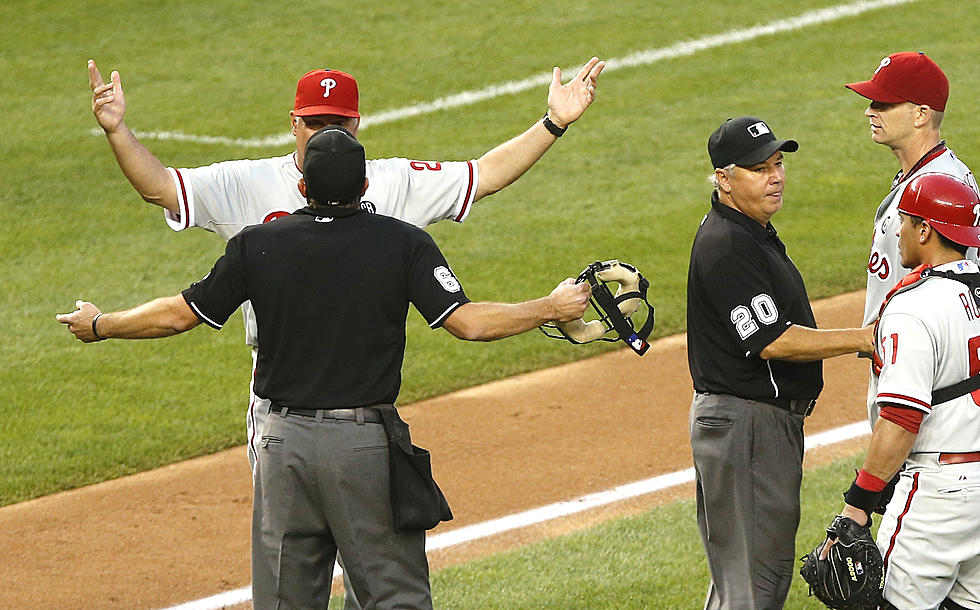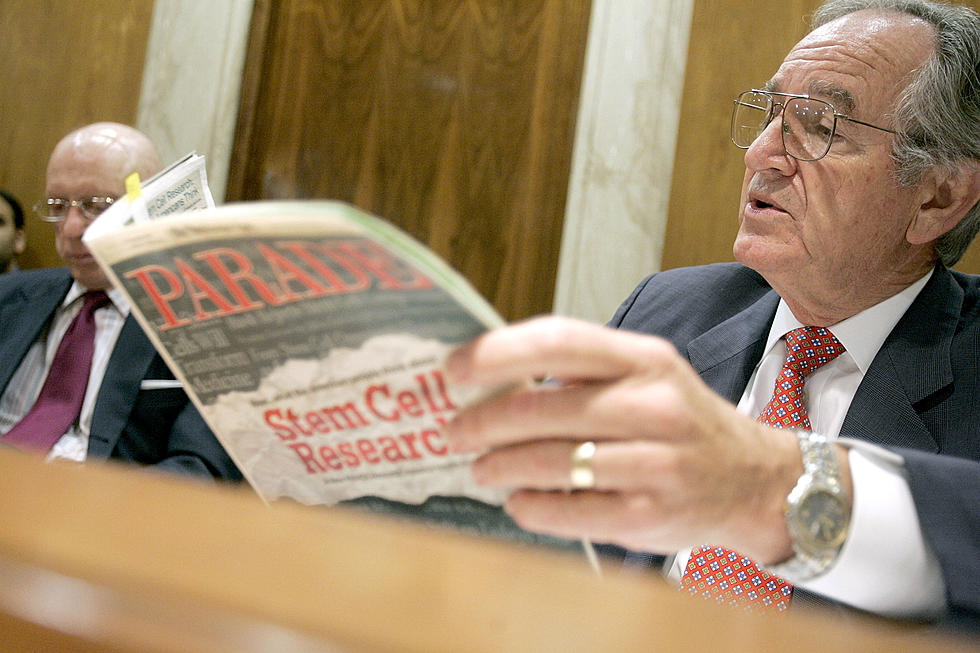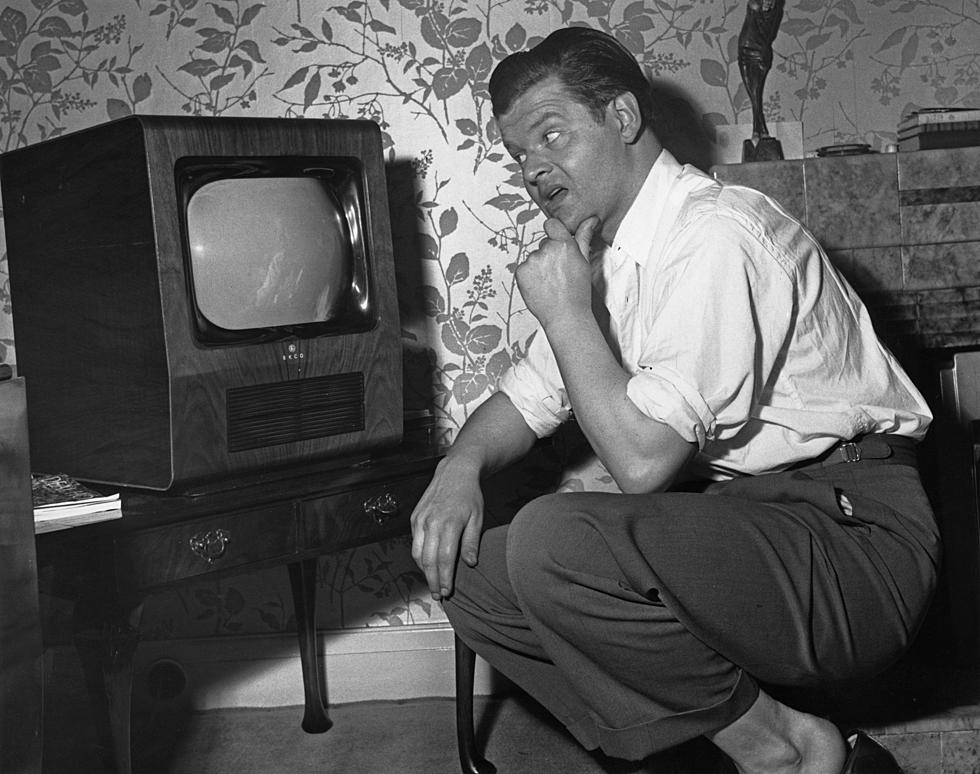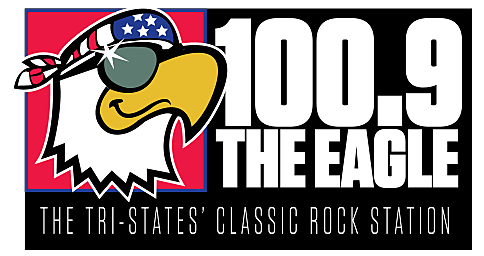
A Dog’s Body Language Can Tell You Plenty of Things
Many people may have a new puppy in their home thanks to Christmas and perhaps it is their first trek into pet ownership. Well, watching your dog, puppy or not, can tell you a lot about Fido if you know what to look for.

In Parade Magazine a few years ago there was a story about the body language of dogs. Dog trainer Justin Silver, the author of “The Language of Dogs,” shared some of his findings related to dog body language. For instance, when your dog has:
Squinting eyes
“Dogs generally squint when in pain, not feeling well and if feeling fear.”
Looking away when you look
“That’s a polite dog going out of his way to let you know that he comes in peace.”
Maintaining eye contact
“Should a dog’s casual stare turns into a fixed, tense glare, calmly look away to signal that you mean no harm. Warning: Dogs have learned that it’s okay to look people in the eye but when a dog looks directly into another dog’s eyes, it is often the equivalent of fighting words.”
Lips turned up
“This is a fearful animal. A dog may expose some teeth accompanied by fear-based body language (tail tucked, lowered head, ears back). It is anything but aggressive but often mistaken for it.
Raised ears
“Usually a dog will ‘point’ his ears towards a target in an effort to zone in. They are outstanding eavesdroppers.”
Wagging tail
“A wagging tail does not necessarily mean friendly. It can actually be a sign of aggression, particularly when the tail is at twelve o’clock and moving in a sharp, quick, vibrating motion.” Big, wide wags means a happy dog.
High and tight tail
“The higher and tighter the tail, typically, the more alerted and on-guard the dog will be.”
Justin Silver’s book is called “The Language of Dogs”.
."}" data-sheets-userformat="{"2":33559296,"11":4,"12":0,"15":"Arial","28":1}">
More From 100.9 The Eagle, The Tri-States' Classic Rock Station









